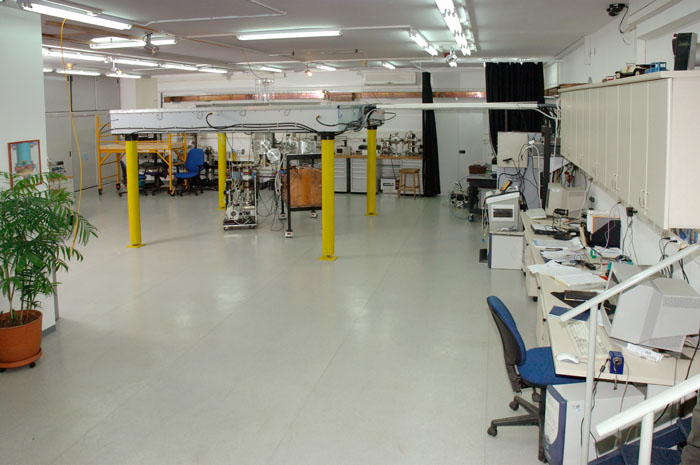Z-pinches

In a z-pinch system the plasma is produced by applying a high voltage pulse across an anode-cathode gap of cylindrical geometry, that is either pre-filled with gas or bridged by an array of wires (typically made of a high-Z metal such as tungsten). The plasma is imploded by the azimuthal magnetic field produced by the axially flowing discharge current. During compression and stagnation, the kinetic energy is converted to thermal energy and radiation, and a hot and dense core is formed at the center.

Typical densities and temperatures at the pinch core are 1018 - 1022 cm-3 and 0.1-1 keV, respectively. At this stage the plasma becomes highly unstable, resulting in disassembly, expansion and cooling. The duration of the implosion process is typically between 100 ns to 1 s. Highly stripped ions are formed during the thermalization phase, and the plasma emits mostly in the x-ray regime. The x-ray radiation could account for nearly 10% of the total electromagnetic energy. This pulsed x-ray emission has many important future applications, being the main reason for current worldwide interest in z-pinch plasmas.
Some applications of z-pinches:
- Controlled thermonuclear fusion
- X-ray lasers
- Spectroscopy of highly charged ions
- Atomic spectroscopy
- Focusing of heavy ion beams
- Neutron sources
- X-ray microscopy and litography
^ Top
Modified on: 2010-02-24
Previous page: Experiments
Next page: Collisionless plasmas

